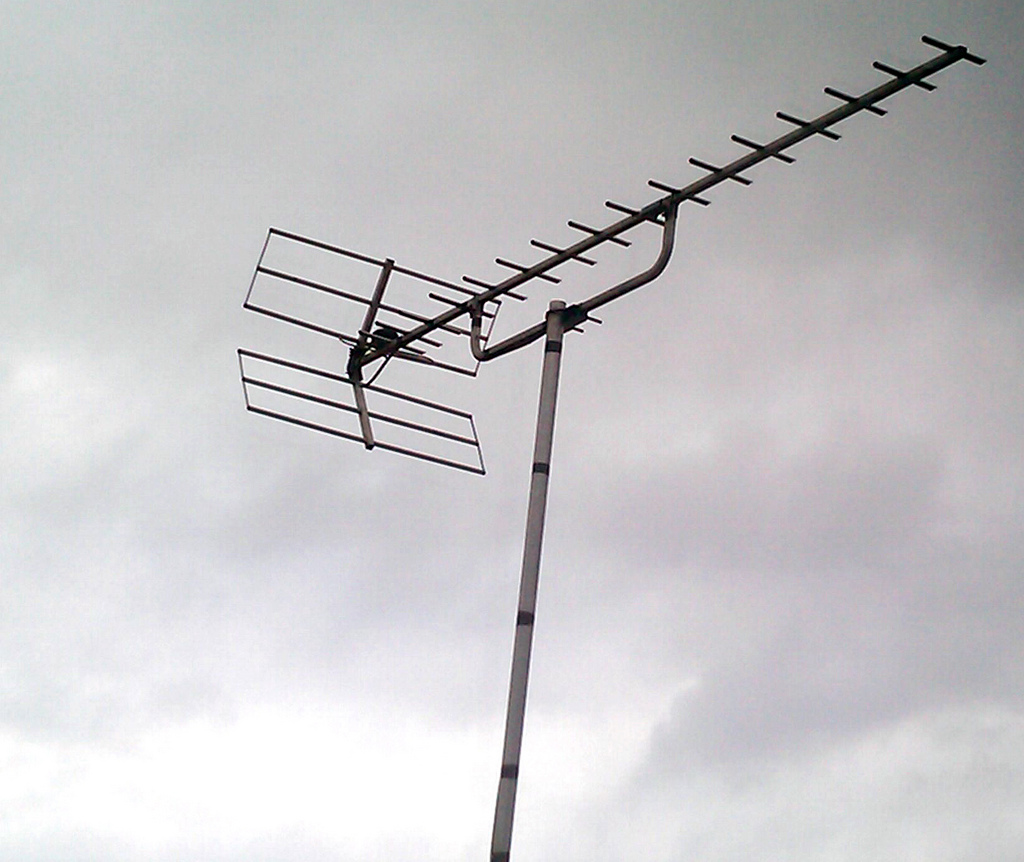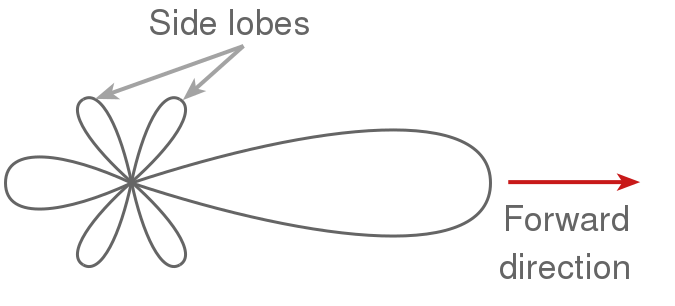SDR
SDR - Software Defined Radio is a way to listen to radio transmissions on various frequencies using a slightly modified Digital TV dongle (or a unit specifically designed for use as an SDR) on your computer. Using more advanced technologies, such as GNU Radio Companion, one can even set up a complete pipeline for intercepting and interpreting Morse code and various digital and analog signals.
With the proper SDR setup and a reasonably good antenna, one can easily listen to airport traffic control, radio-amateur transmissions and even satellites on the orbit, including the currently upcoming (launching 30 Jun. 2017) SKCube satellite that led to the creation of Slovakia's very first official space program and indirectly also ignited our interest in SDR.
Contents
Getting Started
Getting your very first experience with SDR is very simple and will cost you just a few dollars and a few hours of your time.
The first thing you will need to do is to order a compatible SDR dongle. The most cost efficient way to go is to buy a Digital TV dongle, that has the right chipset that will allow you to use it as an SDR receiver.
The very easiest way to go will be to buy an RTL-SDR dongle from the RTL-SDR store. Those dongles are 100% guaranteed to work as SDR receivers and come with very detailed instructions and easy to use software.
You can, however, go even cheaper and buy a generic TV dongle from ebay, Aliexpress or similar for literally a few bucks. This way, there is no real guarantee the dongle you've chosen will work, but even if it doesn't, you've just wasted a few dollars and you can happily go buy a new one.
Here is a short list of a few dongles, that should work for most basic applications:
- A complete kit from the RTL-SDR Store (Possibly overpriced)
- The R820T semi-professional SDR (Probably the best "bang for your buck" ratio)
- A generic RTL2832U dongle (This will work, but don't expect too much from it!)
So, you have your dongle connected to your PC and you are excited to listen to some noise, but what next? Well, you'll need the right software (Free and Open-Source off course!) and an appropriate antenna.
Now, you can either buy a ready to use antenna, or build your own.
There are many different types of antennae, but for the purpose of this article, we will need to know just a few of them. These types include:
- Yagi-Uda
- Dipole
- Loop
- Cloverleaf
- Helical
- Spiral
There are many more types, including really obscure and relatively unexplored ones, such as a fractal antenna, but those are good only for very specific applications and not very useful for a wide-purpose SDR.
Yagi-Uda Antenna
The Yagi-Uda is one of the most popular types of antennae that you can find pretty much everywhere! It's used for Analog AND Digital TV, Radio, and even directional WiFi!
The Yagi-Uda antenna is commonly recognized for it's significant gain, (generally up to 10dB!) and it can operate anywhere between cca. 3 MHz to 3 GHz. The only disadvantge could be it's relatively small bandwidth.
The Yagi-Uda antenna, commonly referred to only as "Yagi" was invented by a Japanese guy named Shintaro Uda sometime around 1926 but the paper he wrote was only published in Japanese. The first person to present the research in english was Yagi, who, acording to conflicting sources, was either Uda's professor or colleague.
The typical Yagi antenna consists of a di-pole receiver and multiple parasitic elements, that direct and shape the signal in a way, that makes the antenna very directional.
On figure 1, you can see a photo of a typical Yagi-Uda antenna.
As mentioned earlier, the Yagi-Uda is a very directional antenna. On Figure 2, you can see a directional diagram of a typical Yagi antenna.
(TBC)


